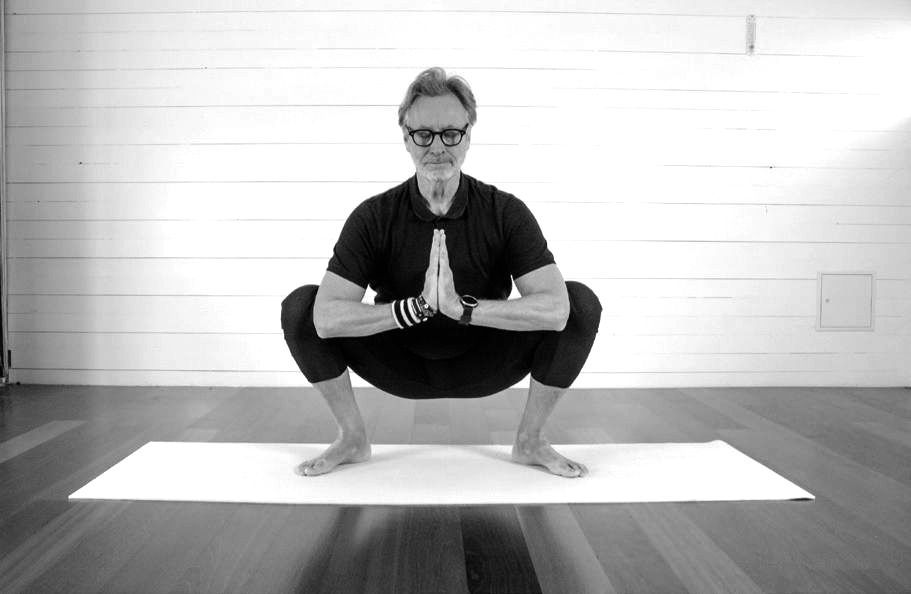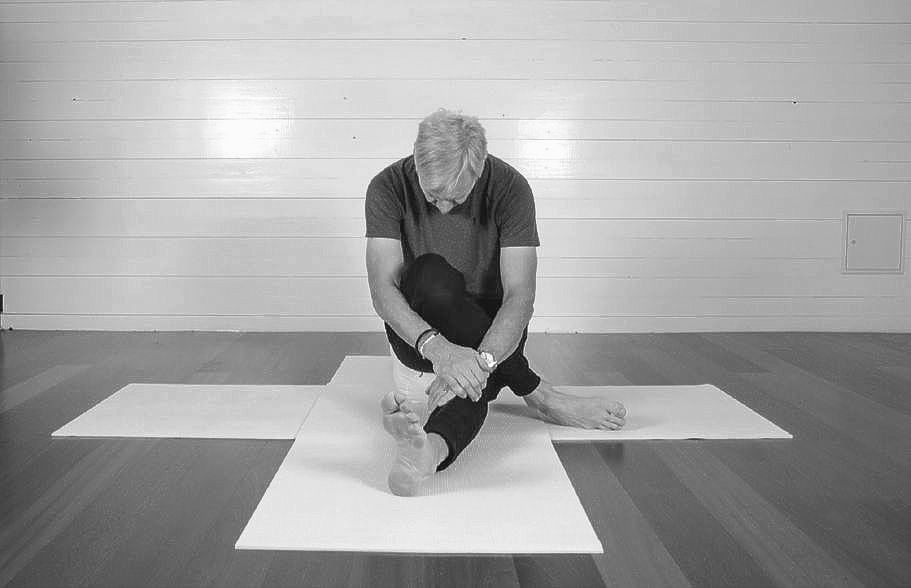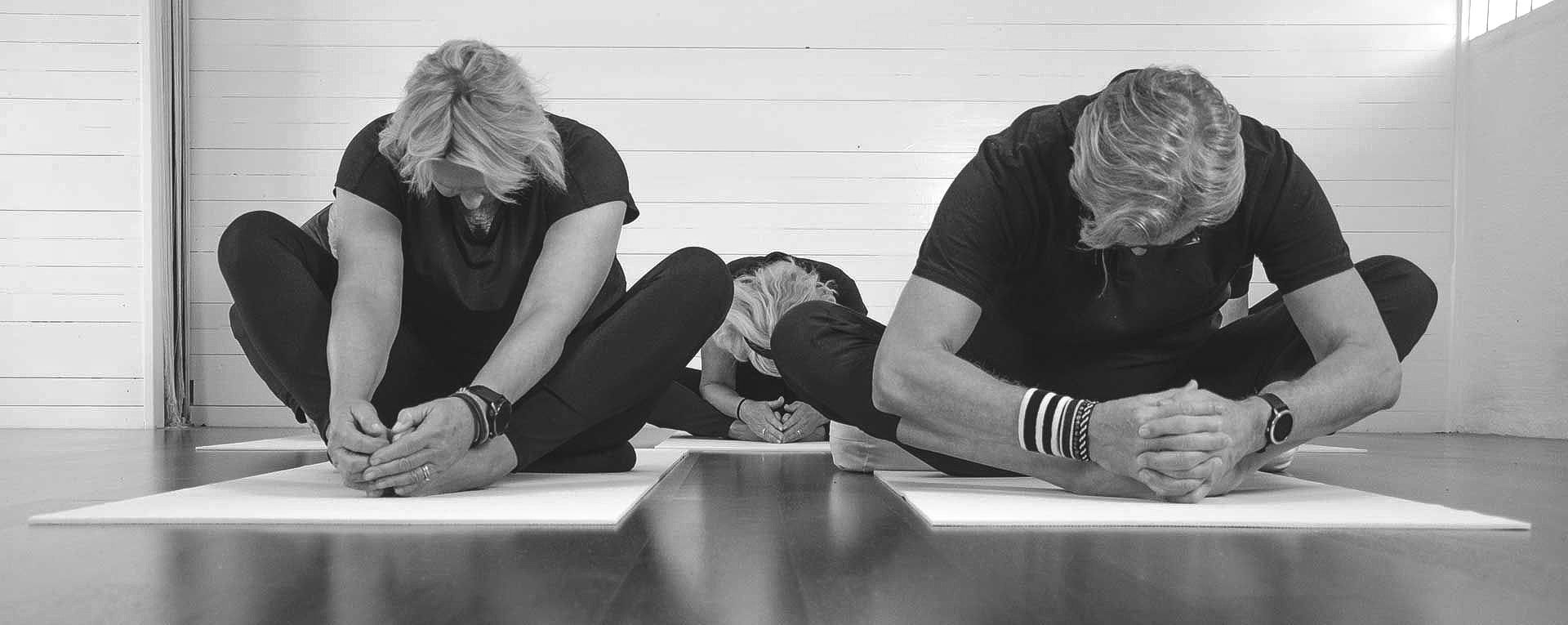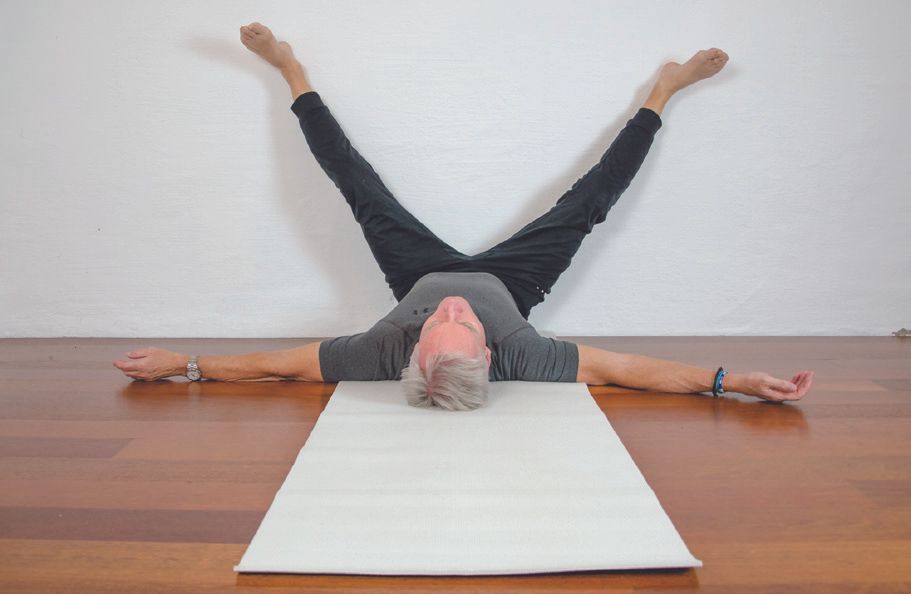Strike A Pose...
Yin Yoga Asanas That Are Perfect For People Aged 50+
Some yin yoga poses (asanas) are easier than others, but all of them offer benefits to your health and wellbeing. This section shows you the major yin yoga poses with suggestions about the best way of doing them, how to make them easier if you need to, and what counterposes to do after each pose.
Get into the groove – when and how to practice
Any time is a good time to get on the floor and stretch. But two excellent times are early in the morning when our muscles are still a bit sleepy (and probably stiff), and before you go to bed, allowing you to relax more and calm your nervous system for a longer, deeper, more restful sleep.
I recommend closing your eyes during poses, as it allows you to get rid of some of the “noise” of what’s going on around you and think inward to your body. But it’s entirely up to you if you want your eyes open or not.
Bring back your awareness
You’re holding yin yoga poses for a relatively long time. So if (when) your mind starts to wander, try to concentrate on your body, on the sensations you’re feeling. If you feel stiffness in a particular area—say your left hip—concentrate on directing your breathing to that point. That way you can send energy to it, helping release your whole body.
If you’re struggling with concentration, don’t worry. Let your thoughts slide into your mind, then slide out. Try to concentrate on your breathing.
Remember, where concentration goes, energy flows.
Every pose has its counterpose
Enjoy a rest, say up to one minute, after every pose to let your body react to the stressing and stretching you’ve just subjected it to. Then it’s a good idea to add a counterpose – stretching your body in the opposite direction. Counterposes return your body to its natural condition so you don’t carry the tensions from one stretch into another. The result? Longer, stronger, more supple bodies.
Music—the food of love—and the perfect yoga sedative
Doing yin yoga poses on your own is a great way to a healthy life of better physicality and lower levels of stress. Adding the right music, that is low-level, slow, and relaxing will add to your practice, letting you release, relax, and let go. You’ll find lots of playlists on all common music streaming sites.
Let’s go.

























